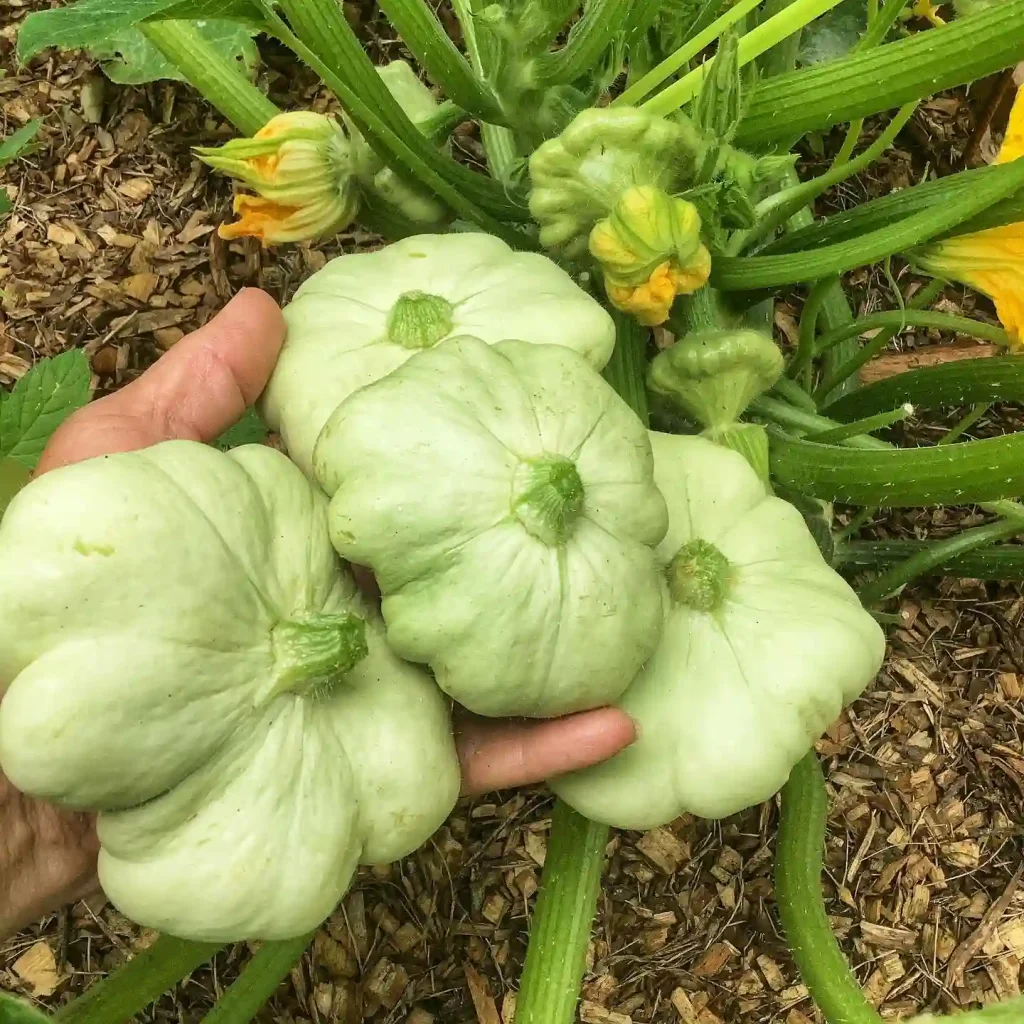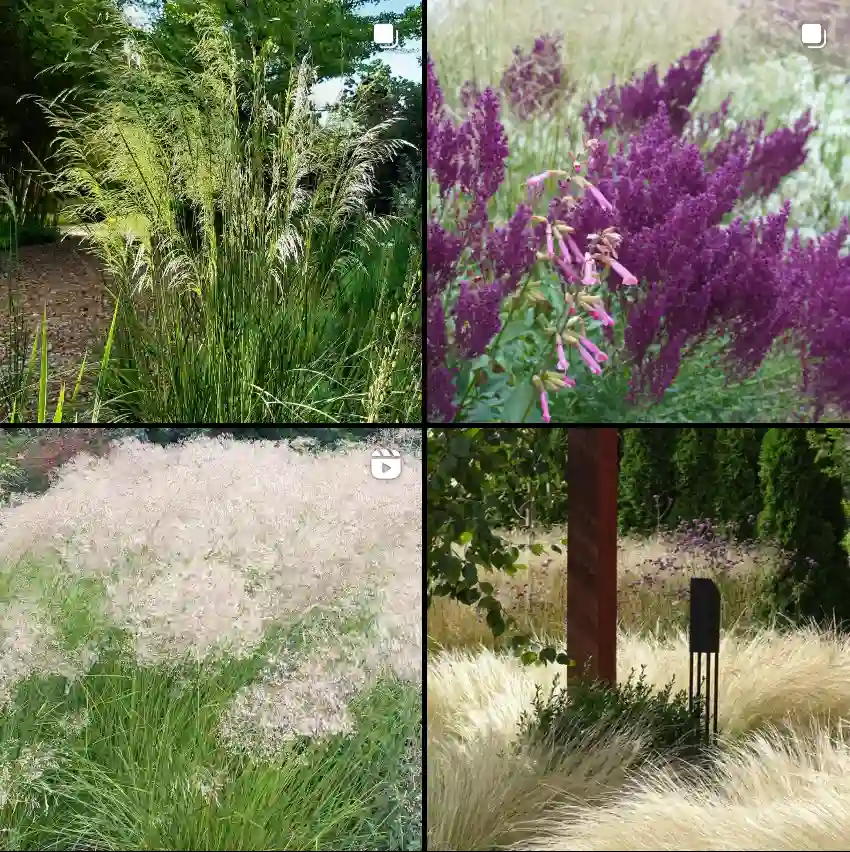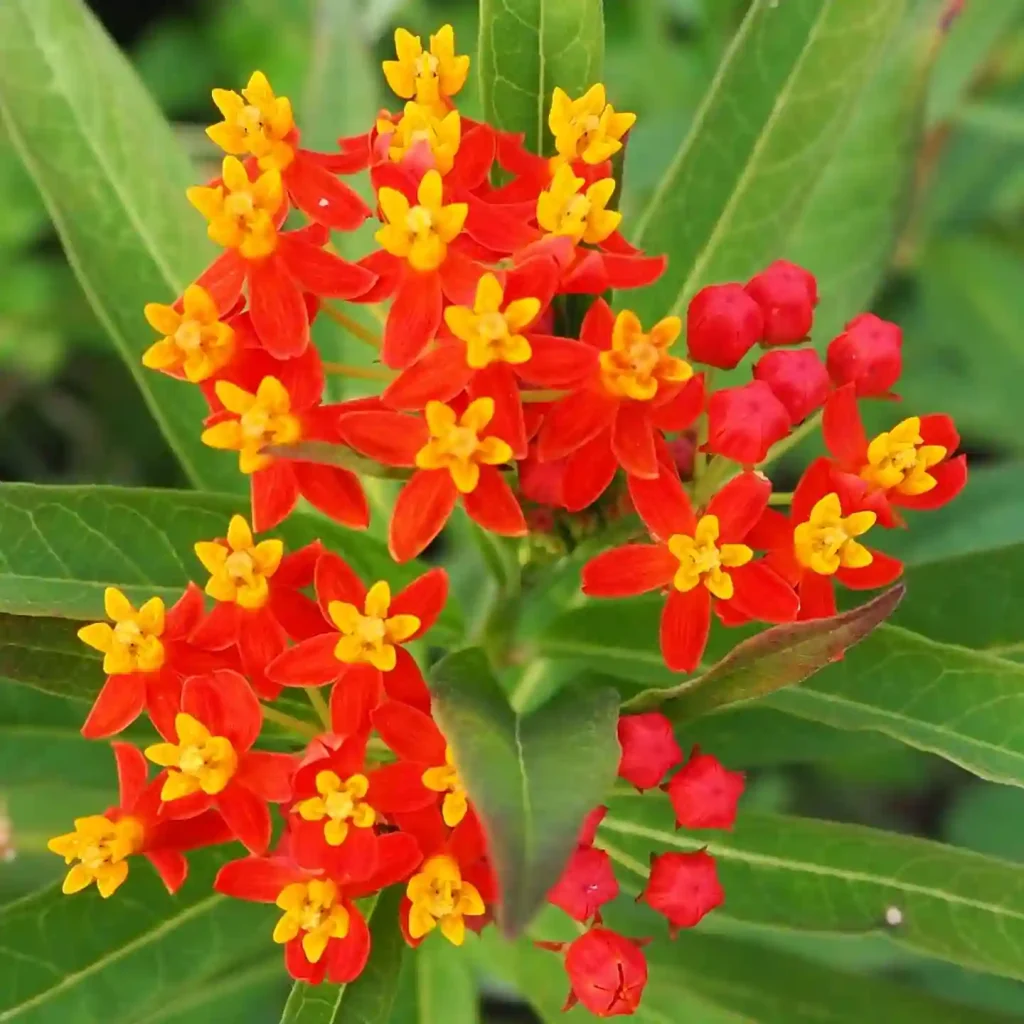FAQs About Phaseolus Mungo: Everything You Need to Know
Phaseolus Mungo synonym Vigna Mungo, also known as black gram, is a fascinating plant that I’ve had the pleasure of growing and learning about over the years. It’s packed with nutrients and has a rich history of being a staple food in various cultures. Let me walk you through some of the most frequently asked questions about this versatile legume.
106 Species in Genus Vigna
What is Phaseolus Mungo?
Phaseolus Mungo is a type of legume commonly called black gram or urad bean. It’s native to South Asia and has been a dietary staple in Indian cuisine for centuries. These small, black seeds are highly nutritious and rich in protein, fiber, and essential minerals. Not only is black gram used for food, but it’s also a cover crop that enhances soil fertility by fixing nitrogen.
How to Grow Phaseolus Mungo?
Black gram is a relatively easy plant to grow, especially in warm climates. It thrives in well-drained soil and requires full sun exposure for optimal growth. Here are a few things I’ve learned from my experience:
- Soil Requirements: It grows best in sandy loam or clay loam soil with a pH of 6.0 to 7.5.
- Temperature: The ideal temperature for growing black gram is between 20°C and 30°C.
- Watering: It doesn’t require much watering, but keep the soil moist, especially during flowering and pod formation. Overwatering can lead to root rot, so make sure the soil drains well.
How to Care for Phaseolus Mungo?
Caring for Phaseolus Mungo isn’t difficult, but paying attention to a few key factors can ensure healthy plants:
- Weeding: Regular weeding is crucial, especially during the early growth stages. Weeds compete for nutrients, which can stunt growth.
- Fertilizing: A balanced fertilizer with nitrogen, phosphorus, and potassium works well. Since it’s a legume, black gram also fixes nitrogen in the soil, which reduces the need for excessive nitrogen fertilizers.
- Pest Control: Aphids and caterpillars are common pests. I prefer using neem oil or insecticidal soap as a natural deterrent.
How to Propagate Phaseolus Mungo?
Propagation of black gram is done via seeds. From my experience, this is straightforward and doesn’t require any complicated procedures:
- Seed Selection: Choose healthy, mature seeds from a reputable source.
- Soaking: Soak the seeds in water for about 24 hours to promote germination.
- Planting: Sow the seeds directly into the soil at a depth of 1 to 2 inches, spaced about 6 to 8 inches apart.
- Germination: The seeds will germinate within a week, and you’ll see young seedlings emerge quickly under the right conditions.
What to Plant with Phaseolus Mungo?
One of the advantages of black gram is its ability to grow alongside various crops. In my garden, I often plant it as part of a polyculture system to maximize space and nutrients.
- Companions: Black gram does well with crops like maize, millet, and sorghum. These taller plants provide partial shade, which is beneficial during the hot summer months.
- Avoid: Avoid planting it near crops that are heavy feeders of nitrogen, like spinach or cabbage, as they may compete with the black gram.
Is Phaseolus Mungo Toxic?
Phaseolus Mungo is not toxic. It’s safe for human consumption and is used in a variety of culinary dishes. However, some people may have digestive sensitivity to legumes, so it’s best to cook it thoroughly to reduce any potential discomfort.
Benefits of Phaseolus Mungo
There are numerous benefits to consuming black gram. Here’s why I always make room for it in my diet:
- Rich in Protein: It’s an excellent source of plant-based protein, making it ideal for vegetarians and vegans.
- Digestive Health: The high fiber content promotes digestive regularity and helps prevent constipation.
- Heart Health: It contains magnesium, potassium, and iron, which support heart health by regulating blood pressure and improving circulation.
Common Problems in Growing Phaseolus Mungo
While black gram is generally low-maintenance, it does come with its share of problems. Here are a few I’ve encountered:
- Pests: Aphids and leafhoppers can cause issues, especially during the early stages. Regular inspection and organic pest control methods, like neem oil, can help.
- Diseases: Powdery mildew and root rot can occur if the plant is exposed to excessive moisture. Well-drained soil and proper air circulation are key to preventing these issues.
How Does Phaseolus Mungo Compare to Similar Crops?
Phaseolus Mungo is sometimes confused with Phaseolus Vulgaris (common beans) and Vigna Radiata (mung beans). Here’s how they differ:
- Phaseolus Vulgaris: This is the common bean, such as kidney or pinto beans, which are larger and have a different flavor profile compared to black gram.
- Vigna Radiata: Mung beans are green and smaller, often used in sprouting. Black gram is darker and denser in texture.
How to Use Phaseolus Mungo in Cooking?
In my kitchen, black gram is incredibly versatile. It’s often used in Indian dishes like dal, idli, and dosa. I soak it overnight, then cook it with spices like turmeric, cumin, and coriander for a hearty stew. Its earthy flavor pairs well with both mild and strong seasonings, making it a staple ingredient in many vegetarian meals.
Final Thoughts
Phaseolus Mungo is more than just a legume—it’s a plant that offers numerous health benefits, is relatively easy to grow, and adds diversity to any garden. Whether you’re cultivating it for its soil-enriching properties or harvesting it for culinary use, black gram is a rewarding addition to any home garden. It has become one of my go-to crops, both for its resilience and versatility.
If i die, water my plants!



